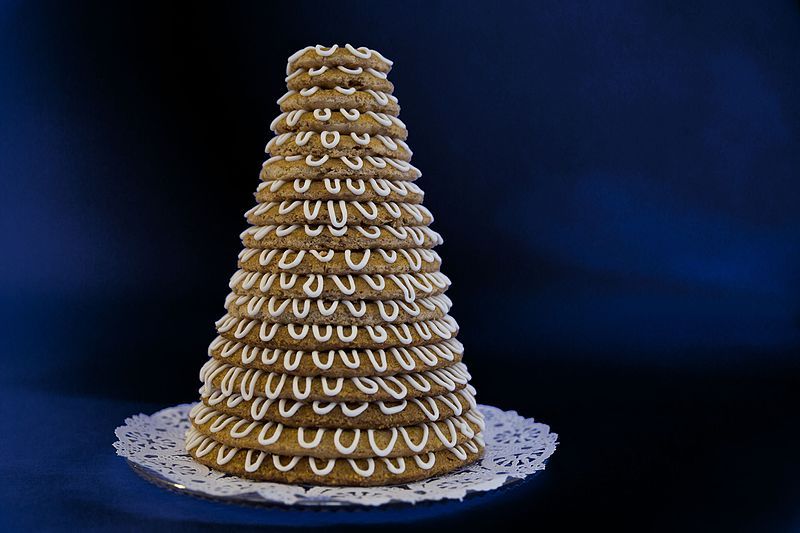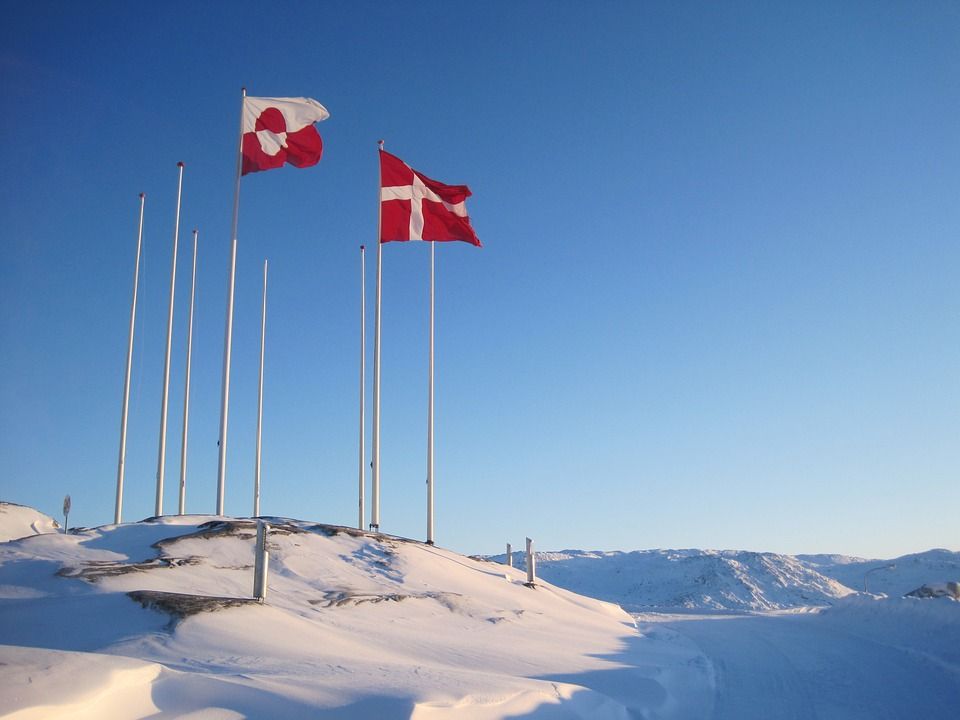New Year’s Eve is approaching, an evening on which most Danes like to party into the early hours. Eating plays a big part, with various kinds of hearty, traditional food being consumed in the early evening before the night culminates at midnight with fireworks, champagne and the special Danish marzipan ring cake: kransekage.
Traditionally in many parts of the country, cod was the preferred main course on this special night. Also called ‘the New Year Cod’, it was originally boiled and accompanied by a mustard sauce. If this sounds a little old school, you can also prepare cod in a number of different ways. Try it, for example, baked in pastry, baked in foil with tomatoes, horse radish and herbs, or baked in white wine with vegetables and a curry sauce.
Danish cod is either caught from the North Sea or the Baltic Sea. North Sea cod is generally larger and of a higher quality, preferred by the real fish connoisseurs. The cod from the Baltic Sea are a little less firm, although many say it can be very difficult to taste the difference. So if you want a traditional Danish New Year’s menu, go for the North Sea cod.
If cod is not your thing, another traditional main course worth trying is the cured saddle of pork and stewed kale (green cabbage), or simply ham or a saddle of venison, while beef is especially popular with different styles of potatoes, vegetables and a sauce − béarnaise sauce being the most popular.
Although I am a full-bred Dane from traditional Aarhus, beef was preferred to cod on our New Year’s table. However, we always had champagne and the marzipan ring cake at midnight. I have recently tried to make this myself: the cake consists of a series of ring cakes stacked on top of one another, forming a cone shape. The cake is crunchy on the outside, but soft and chewy in the middle. The cake is often decorated in a New Year theme. A simpler version of the marzipan ring cake is to prepare individual little cakes, which you can serve to your guests.
Kransekage
Serves approximately 16
500g pure marzipan
200g cane sugar
100g egg whites
Icing:
100g icing sugar
A little pasturised egg white
Mix sugar and egg whites and let it rest for approximately one hour to dissolve the sugar. Mix the sugar and egg whites with the marzipan, kneed it well and put the cake mix into a decorating bag with a triangular tip.
Squeeze the cake mix out on a tray lined with baking paper in a straight line creating large rustic cakes. Let the cakes sit for 30 minutes and the straighten them up by hand – you can put a tiny bit of water on your hands to form the cakes. Bake the marzipan cakes at 200 C for 8-10 minutes until they are golden.
After the cakes are cooled down, you can put on the icing. Sieve the icing sugar into a bowl and mix with a tiny bit of pasteurised egg whites. Whisk the mix until airy and white. With baking paper fold a cone shape and decorate the cakes with stripes.













